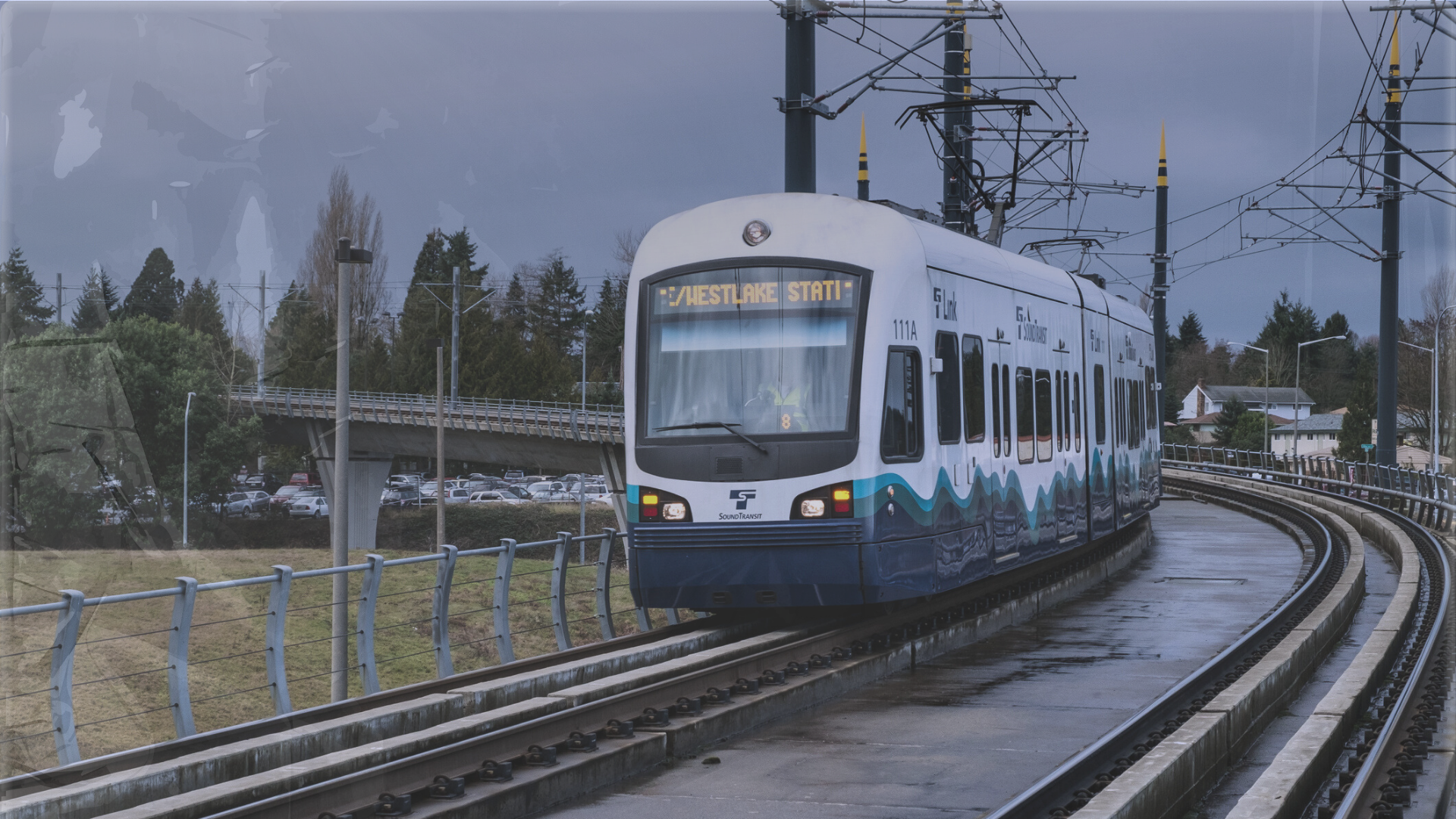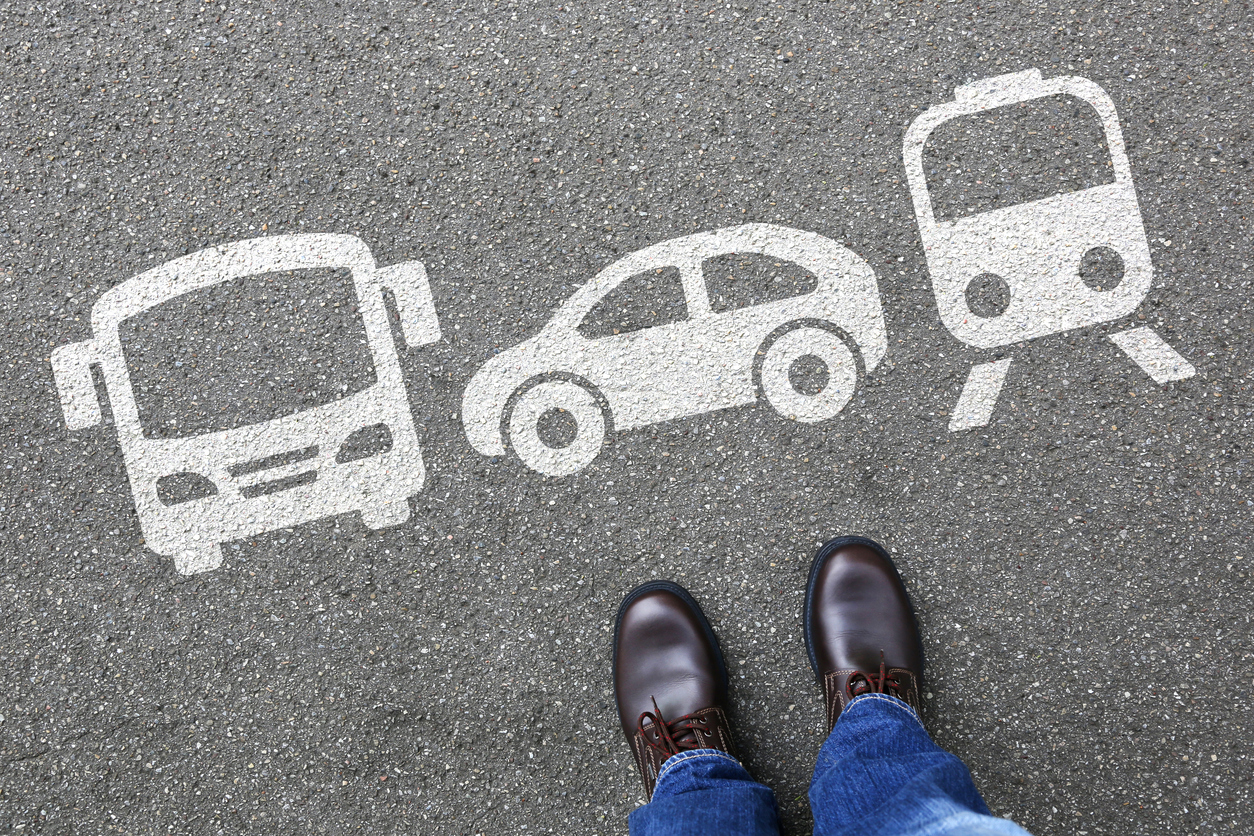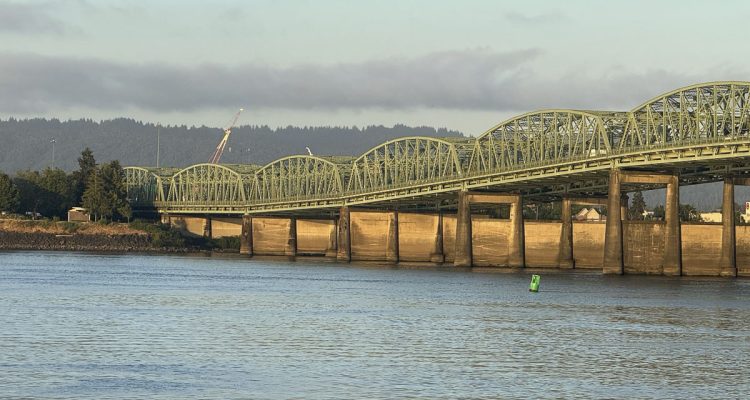The Washington State Department of Transportation (WSDOT) website officially states: “We can’t build our way out of congestion.” The public is expected to accept this statement as fact, as if congestion is an act of God beyond anything policymakers can control.
This is simply not true. While traffic congestion is a natural byproduct of a healthy economy, crippling traffic congestion is a policy choice.
It seems that WSDOT officials agree, despite what they have said on their website. Recently, the agency made a policy choice to open a new northbound peak-use shoulder lane on I-405. They say that this new capacity will improve congestion:
“…by building more capacity to handle the large volumes of traffic entering I-405 from SR 527, we expect to improve congestion that travelers are experiencing, especially in the area near the SR 522 interchange, where I-405 has less capacity.”
This is a shocking admission from an agency that advocates for congestion management rather than relief on the premise that the latter is altogether impossible.
Still, it seems unlikely that public officials opened the shoulder to reduce congestion for the benefit of drivers. If that were the case, public officials could have chosen to expand capacity on I-405 much sooner, spending money on hard shoulder running rather than installing a tolling system.
What seems more likely is that shoulders became an option for congestion relief when transportation officials reported that express toll lanes (ETLs) met reliability standards an average of only 88 percent of the time.
Federal law states that cars in high occupancy vehicle (HOV) lanes should travel 45 miles per hour at least 90 percent of the time over a consecutive 180-day period during peak travel times. This is a hard requirement for high occupancy toll (HOT) lanes (which allow access by single occupancy vehicles), but only a recommendation for high occupancy vehicle (HOV) lanes.
Consequently, if toll lanes fail to perform at the federally required level, the facility is considered degraded and the state must submit a report on how they plan to comply. If the state fails to bring the facility into compliance, it risks losing federal funds.
The state Department of Transportation reports that nine out of 12 of the HOV corridors in the Puget Sound are failing to meet the federal requirement, but that ETLs are generally successful.
Perhaps part of the reason for this difference is that HOV lane reliability is measured based on peak hour travel, but express toll lane reliability is measured based on peak periods (5-9AM and 3-7PM). Measuring travel within a larger range of data yields better results. In other words, WSDOT has a lower threshold of acceptability for ETLs, precisely because they must meet the federal requirement to continue existing and generating revenue for the state.
It seems that ETLs have to appear successful at any cost. After all, successful toll lanes help public officials make the case for expanding tolls to other parts of the region. These statistical acrobatics also enable public officials to say that HOV lanes are failing, and should be turned into toll lanes instead.
Congestion relief is clearly a good thing, and the new I-405 shoulder access reminds us that adding capacity reduces traffic congestion. Unfortunately, WSDOT is only willing to admit that when it benefits them.






